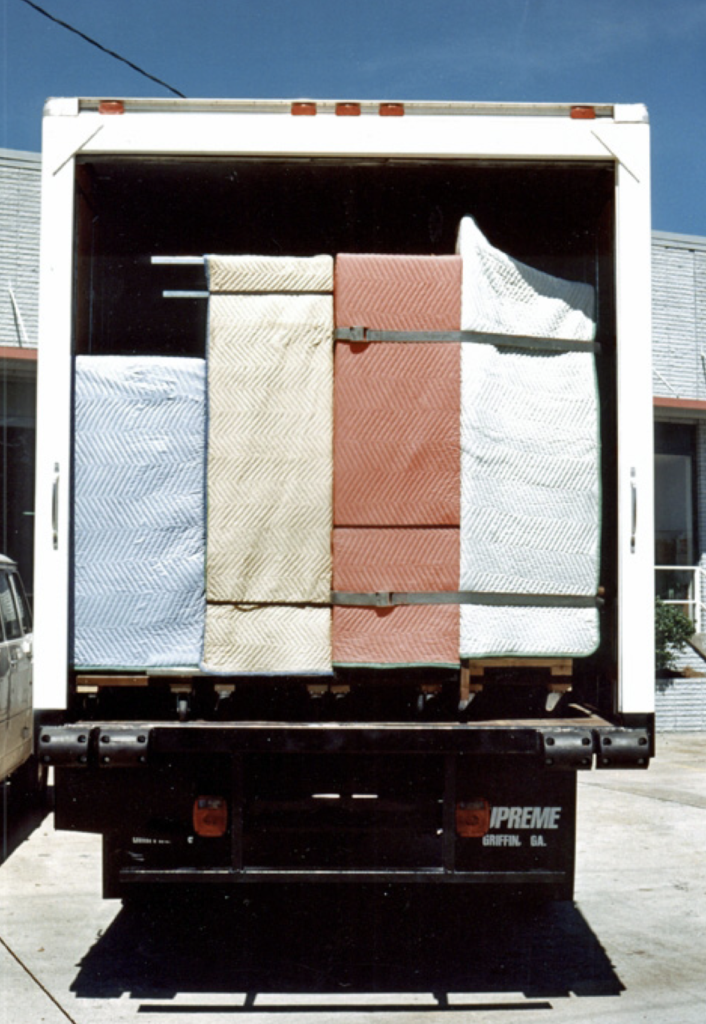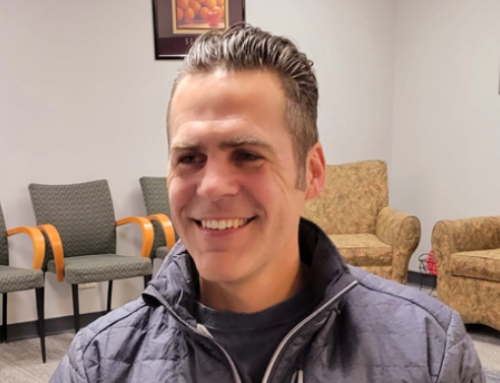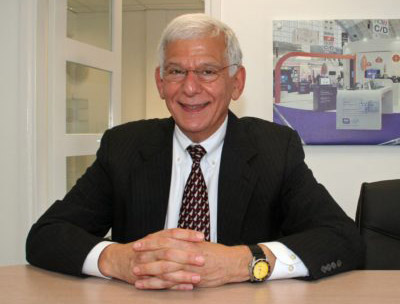Workers compensation claims are a huge business expense, not only in insurance costs but in lost work time and productivity. Let me give you a couple of examples from my own industry—office and residential moving. The statistics aren’t pretty.
- According to the S. Bureau of Labor Statistics, as of March 2015 (the latest statistics I could find) employers spent an average of $.79 per hour worked for workers comp in the moving industry, compared to $0.45 for all occupations.
- Days away from work (DAFW) are also a costly result of worker injuries (and illnesses). In 2016, injuries in the moving industry accounted for 18 percent of the total DAFW in the manufacturing sector.
Losing a key employee due to an injury for even a short period of time can hurt your production and capacity. In my experience, there are typically three reasons workers get injured on the job; two of
- It’s a random (or freak) nonrecurring accident – ask yourself if there is anything you could have done to prevent the injury from happening in the first place. If an injury is not recurring and is merely an accident, it’s probably not worth worrying about. However, if the “accident” happens more than twice in one year, I urge you to drill down and find out the cause.
- Your employee(s) are careless, are not trained or are not following the best practice methods you taught them – the easiest approach to determine the cause of an injury is often the least effective. When I didn’t know any better, I used to query the crew as a group as to how the accident happened. Most of the time their response was simply that they didn’t know or didn’t see it happen. I quickly realized that a better approach was to ask each crew member in a one-on-one private setting. This, too, didn’t work well because most of the time they did not want to narc or tell on a fellow employee.
I eventually stumbled upon a technique that worked well most of the time. When I met individually with an employee, I’d say, “I’ve spoken to some of your other crew members about how the accident happened, but I wanted to get your side of the story.” To my amazement this scenario often got them to open up and give me the information I needed. It helped me identify employees who either needed more training or who needed to work for someone else because they were careless and didn’t care about safety, our company, the customer, or their job.
- Your process is flawed. – when no one was to blame, I turned my investigation to our processes. I did this by either observing my employees during actual jobs or having them demonstrate their techniques in our facility. (The former was much more effective than the controlled environment in our warehouse.) When I started my moving company, back injuries were one of our most common recurring problems. Even I hurt my back on a move when I lifted something on the job. After visiting and observing several moves, I identified the “hot spot”—where most accidents were likely to happen. We pushed most of the furniture to our trucks on 4-wheel dollies. This process eliminated lifting and carrying and, therefore, minimized the risk of employee injury. However, once we got to the truck, we lifted the furniture off the dollies and stacked it onto the truck. It was this loading process that appeared to cause most of our back injuries.
Over time we developed a much safer way to load our trucks. We purchased several hundred 4-wheel dollies so that we could keep the furniture on the dollies on the floor of the moving van. In other words, we only floor loaded our trucks—no more stacking or lifting. This “floating” method had several benefits:
- We loaded our trucks much faster since we didn’t need to waste time filling every nook and cranny (empty space) in the truck. This labor savings offset the cost of using more trucks on the job.
- We virtually eliminated potential crushing damage to the cargo since we no longer stacked furniture.
- We significantly reduced the incidence of back injuries since we no longer lifted, carried or stacked furniture on the truck.
- Without lifting, carrying, or stacking, our employees didn’t get tired as fast as before.
If you have recurring injuries on your jobs, try the three-step method that worked well for us. Your employees, clients—and your CFO will thank you!
Be sure to join our Group at https://www.linkedin.com/groups/12060567
For more information on our online office moving training, please visit
https://www.officemoves.com/training/index.html or call Ed Katz at 404.358.2172.










